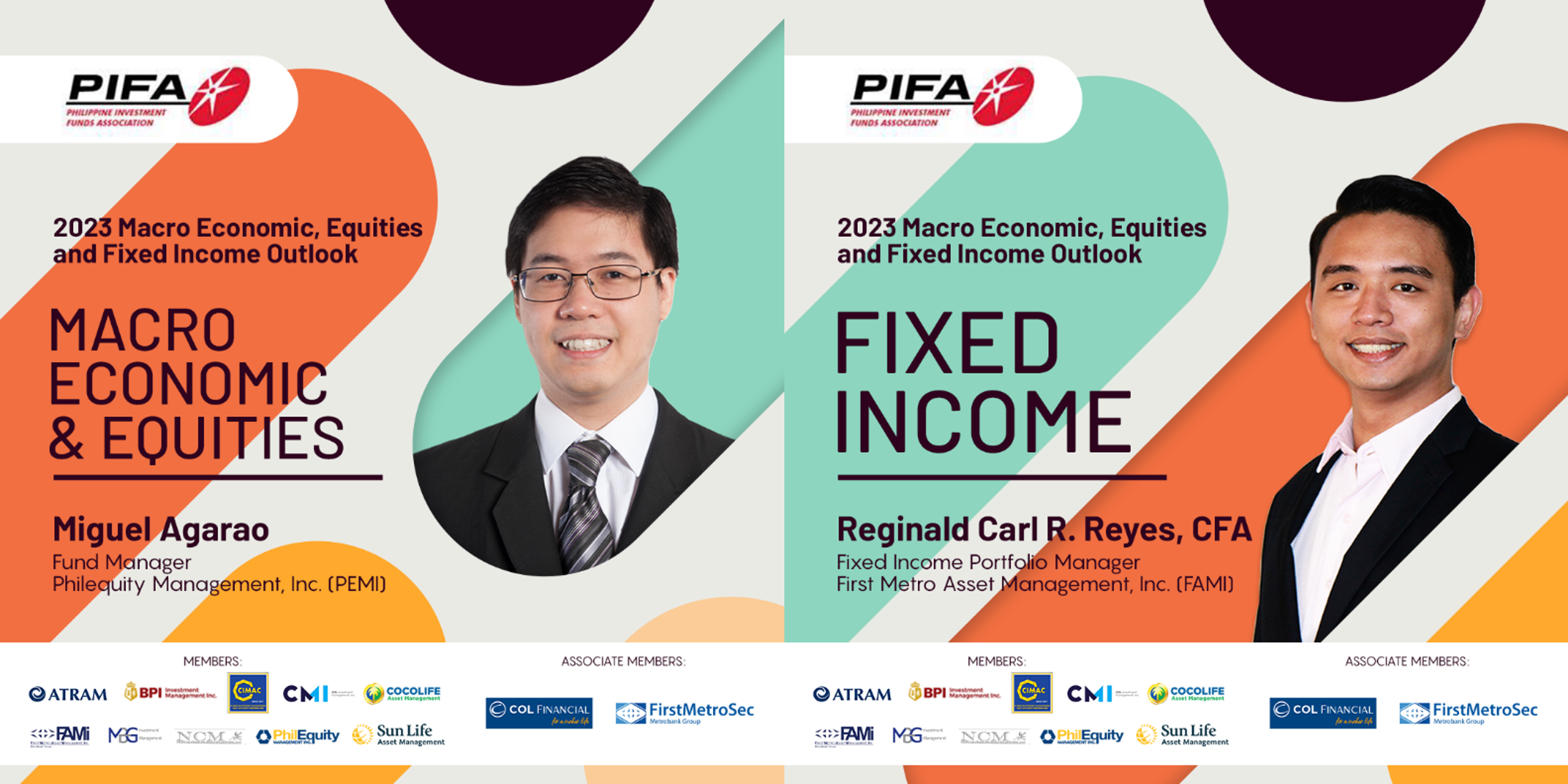Equities Summary and Outlook
Outlook. WWe expect the PSEi to remain volatile around 7,000 as investors sell on strength every time the market goes beyond this level. There’s more downward bias as trade war concerns escalate. China and European Union officials agreed to oppose US protectionism and unilateralism which could later cause a global recession. Key events to monitor are US GDP on Thursday and Philippine June inflation next week.
Market Review. The PSEi officially entered the bearish territory (defined as 20% correction from peak of 9,058) as it lost 466.34 points or 6.2% week-on-week (w/w) to 7,063.20 on continued emerging markets sell-off. This is the biggest weekly drop in five years. Global tensions on trade coupled with continued concerns on peso depreciation kept investors away from the Philippine market. The central bank’s move to raise rates last week was too late for the market. Contrary to the +2.4% day-on-day (d/d) gain after the rate hike last May 10, the market broke down further from 7,261 to 7,098 (-2.3% d/d) after the Bangko Sentral ng Pilipinas’ (BSP) raised rates last June 20. From its peak of 9,058 in January, the market is 22% down.
Year-to-date (YTD), the PSEi was down 17.5%, the worst performing market in the region following China’s 12.6% decline. The only ytd gainers were India (4.8%) and Taiwan (2.4%). W/w, Asian markets ended in the red with only India ending flat at 0.2%.
Foreigners were still net sellers, now at its 21st consecutive week totalling P65.7bn ytd. Last week, total net outflow was at P6.6bn, the second biggest outflow for the year next to the week of Jan.29 - Feb 2, 2018 when P6.8bn was sold.
Trading volume was at P7.2bn, almost at the P7.7bn average daily value traded for the year.
PHP was flat at P53.29/$ (-0.03% w/w) despite BSP’s move to raise rates last week. YTD, it is down by 6.6%.
Foreigners’ top buys were MER, GLO and SECB for an aggregate amount of P166.9bn. Meanwhile, foreigners sold ALI, BPI, AC, AGI and ICT amounting to P2.8bn.
YTD Index gainers were SMC (+25%), JFC (+6%) and MER (+2%) while the biggest losers were MPI (-33%), JGS (-31%), DMC (-31%), GTCAP (-30%) and AEV (-25%).
Economic Summary and Outlook
The country’s overall balance of payments (BOP) deficit widened in May 2018 at $583m, higher than the $59m BOP deficit recorded in May 2017 and $270m in April 2018. According to the BSP, outflows for the month of May 2018 stemmed from foreign exchange operations and payments made by the National Government (NG) for its maturing foreign exchange obligations. YTD January to May, deficit clocked in at $2.08bn, much higher than last year’s $136m on the back of widening trade deficit from sustained rise in imports of raw materials and capital goods. As a result, the peso has weakened by 7% YTD, the worst performing in the region, which also caused investors to move away from the PSEi. Note that the BSP expects BoP deficit to hit $1.5bn by end-18, 50% higher than its original forecast of $1bn in December 2017.
The BSP expects the Business Process Outsourcing (BPO) sector to grow by 10% in 2018 to $24.4bn, faster than the 9.6% growth to $22.1bn in 2017. The sector is expected to generate about $40bn in revenues by 2022 and to employ about 1.15m people. In the first quarter of the year, BPO revenues grew 7.5% to $5.5bn. Note, however, that the Information Technology and Business Process Association of the Philippines sees the sector growing slower to single digit rate in the coming years. Meanwhile, the BSP expects tourism sales to increase by 10% to $7.7bn from $7bn in 2017 (slower than 35.8% growth a year ago). As of end-March, tourism sales were up 51.4% to $2.1bn year-on-year. Inflows from both BPO and tourism sectors plus OFW remittances of about $29.2bn is expected to soften the impact of the surge in imports to $99.2bn (exports are expected to reach $53bn this year).
Corporate News
DM Consunji Inc (DMCI) is in discussion with a Japanese firm to form a consortium that will bid for the construction of the North-South Commuter Rail (NSCR) Phase 1 costing about $2.88bn. According to DMCI Chairman Isidro Consunji, 85% of the project is expected to come from official development assistance (ODA) while 15% would be from the local partner. DMCI is positive that the project will push through given that there’s no right of way issue involved.
Read full article here.








